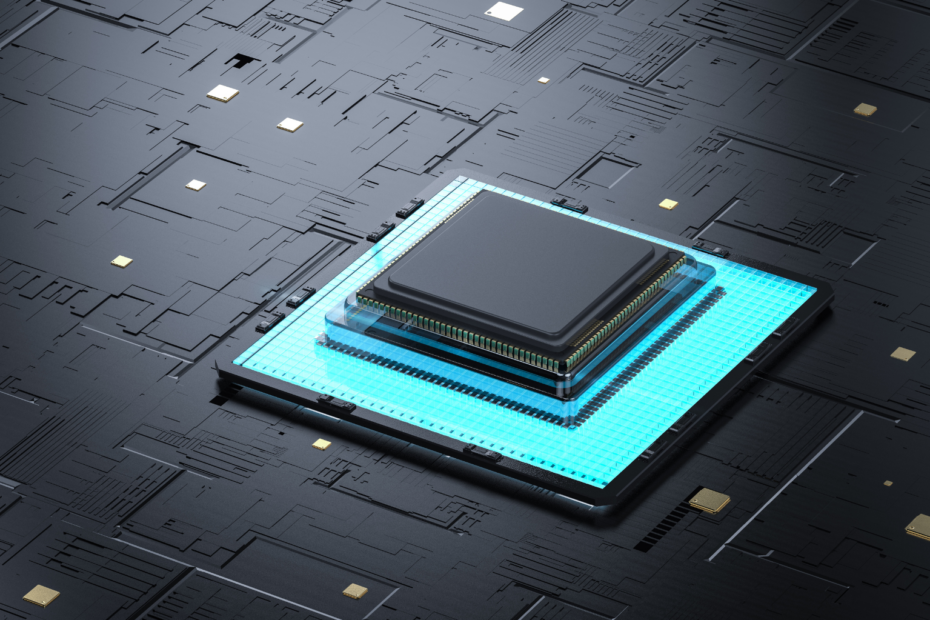One of the most exciting areas of AI research is computer vision, which is the ability of machines to interpret, analyze, and understand images and videos. It has numerous applications across many industries, from healthcare to retail to transportation. It has the potential to revolutionize the way we interact with technology and even change the way we live our lives. In this article, we will explore the basics of computer vision, its applications, and its future potential.
What is Computer Vision?
Computer vision is a field of artificial intelligence that focuses on teaching machines to see and interpret visual information. The goal of it is to create algorithms and models that can analyze and understand digital images and videos just as a human would.
There are a few key steps involved in the computer vision process. First, the computer must capture an image or video. Then, it must process that data to identify objects, people, or other elements of the image. Finally, the computer must interpret the data to make decisions or take actions based on what it has analyzed.
To accomplish these steps, computer vision relies on several different technologies, including Machine Learning, Deep Learning, and computer graphics. These technologies allow the computer to learn from large datasets, recognize patterns, and make decisions based on that data.
How does Computer Vision work?
Computer vision works by using algorithms and models that mimic the way humans interpret and analyze visual information. The process can be broken down into a few key steps:
- Image Acquisition: The first step is to capture an image or video using a camera or other device. The image is usually represented as a matrix of pixels, with each pixel containing information about its color and intensity.
- Preprocessing: The next step is to preprocess the image by applying various filters and transformations. This step is necessary to improve the quality of the image and to make it easier for the computer to analyze.
- Feature Extraction: The next step is to extract features from the image, which involves identifying specific patterns or characteristics in the image. These features can include edges, corners, and textures.
- Object Recognition: The next step is to recognize objects in the image. This involves comparing the extracted features to a database of known objects and determining the best match.
- Object Tracking: Once objects have been recognized, the next step is to track them over time. This is especially important in videos, where objects can move and change position.
- Interpretation: The final step is to interpret the results of the analysis and make decisions or take actions based on the information gathered. For example, a self-driving car might use computer vision to recognize traffic signs and avoid obstacles on the road.
Machine learning algorithms are used to learn from large datasets and recognize patterns, while deep learning algorithms are used to create more complex models that can handle more challenging tasks. Computer graphics are used to create 3D models of objects and scenes, which can be used to simulate real-world scenarios and test computer vision algorithms.
In this article, we provide a deep dive into training a Machine Learning model to classify images according to the visible objects.

We, therefore, use a Convolutional Neural Network, that is well suited to be used with images, due to its ability to process an image one part after another.
What are its applications?
Computer vision has a wide range of applications in various industries. In healthcare, it is being utilized for the diagnosis of diseases and to track patient health. Machine learning algorithms are used to analyze medical images, which help to identify signs of cancer or other diseases. Remote monitoring of patients is also possible through computer vision, where cameras are used to track vital signs and other health indicators.
Retail is another industry that benefits from computer vision technology. Facial recognition technology is used to personalize shopping experiences, and algorithms are used to optimize product placement and inventory management. The analysis of customer behavior and preferences through computer vision technology helps retailers to tailor their offerings accordingly.
Transportation is an industry where computer vision is transforming safety and efficiency. Self-driving cars use this technology to navigate roads and avoid obstacles. The technology can also be used to monitor traffic patterns and optimize traffic flow, reducing congestion on roads.
In manufacturing, computer vision is utilized to improve quality control and automate production processes. The technology can be used to inspect products for defects or identify parts needing replacement, reducing manual labor and increasing efficiency.
Overall, the potential applications of computer vision are immense, and it has the potential to revolutionize the way we interact with technology and even change the way we live our lives.
What is the future of Computer Vision?
As computer vision technology continues to advance, its potential applications are only growing. Here are just a few ways that how the technology could transform our lives in the future:
- Augmented reality: Computer vision technology could create immersive augmented reality experiences. For example, you could use your smartphone camera to see digital overlays of the world around you or use virtual reality headsets to create fully immersive environments.
- Smart homes: It could be used to create smarter, more intuitive homes. For example, cameras could be used to detect when you enter a room and adjust the lighting or temperature accordingly.
- Autonomous vehicles: Self-driving cars rely heavily on this technology to navigate roads and avoid obstacles. As this technology advances, we can see more and more autonomous vehicles on the roads.
- Security: Computer vision technology could be used to improve security in a variety of contexts. For example, facial recognition technology could be used to identify and track potential criminals or terrorists.
This is what you should take with you
- Computer vision is a rapidly growing field that involves the development of algorithms and techniques for interpreting and analyzing visual data from the world around us.
- It has a wide range of applications, including object recognition, facial recognition, image and video analysis, medical imaging, and autonomous vehicles.
- One of the key challenges in computer vision is the ability to extract meaningful features from raw visual data, which often requires large amounts of training data and computational resources.
- However, as with any new technology, there are also concerns about privacy and ethical implications, particularly about facial recognition and other forms of biometric data.
- As computer vision technology continues to evolve and improve, it is likely to play an increasingly important role in our lives, transforming the way we interact with the world around us.
What is Collaborative Filtering?
Unlock personalized recommendations with collaborative filtering. Discover how this powerful technique enhances user experiences. Learn more!
What is Quantum Computing?
Dive into the quantum revolution with our article of quantum computing. Uncover the future of computation and its transformative potential.
What is Anomaly Detection?
Discover effective anomaly detection techniques in data analysis. Detect outliers and unusual patterns for improved insights. Learn more now!
What is the T5-Model?
Unlocking Text Generation: Discover the Power of T5 Model for Advanced NLP Tasks - Learn Implementation and Benefits.
What is MLOps?
Discover the world of MLOps and learn how it revolutionizes machine learning deployments. Explore key concepts and best practices.
What is Jupyter Notebook?
Learn how to boost your productivity with Jupyter notebook! Discover tips, tricks, and best practices for data science and coding. Get started now.
Other Articles on the Topic of Computer Vision
- TensorFlow provides a detailed article on how to build a Computer Vision Model.

Niklas Lang
I have been working as a machine learning engineer and software developer since 2020 and am passionate about the world of data, algorithms and software development. In addition to my work in the field, I teach at several German universities, including the IU International University of Applied Sciences and the Baden-Württemberg Cooperative State University, in the fields of data science, mathematics and business analytics.
My goal is to present complex topics such as statistics and machine learning in a way that makes them not only understandable, but also exciting and tangible. I combine practical experience from industry with sound theoretical foundations to prepare my students in the best possible way for the challenges of the data world.





